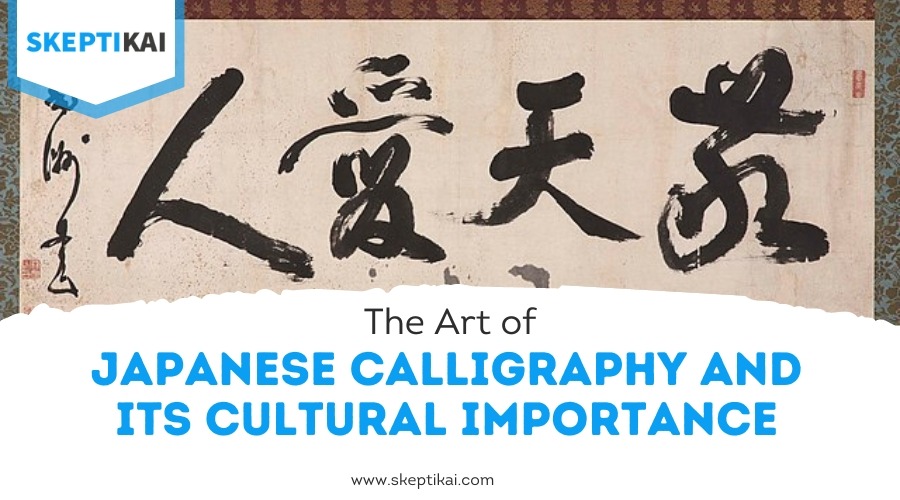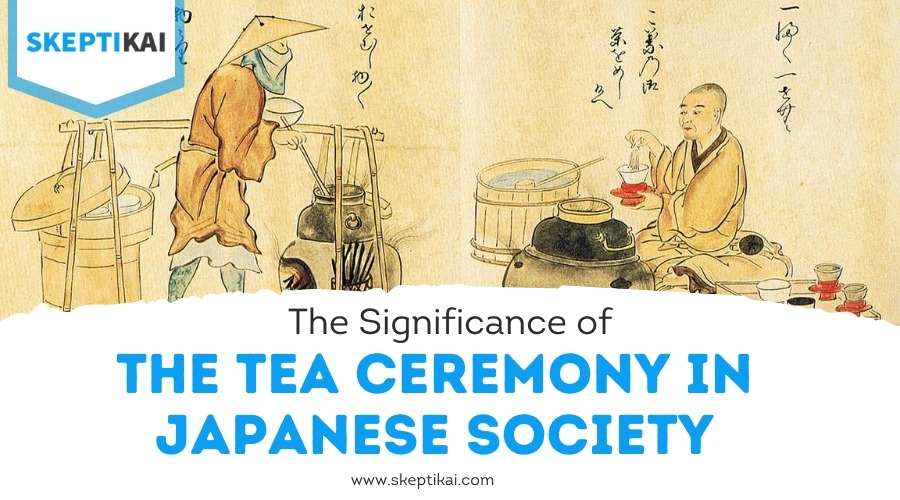Why Is Mount Fuji Important to Japanese Culture?
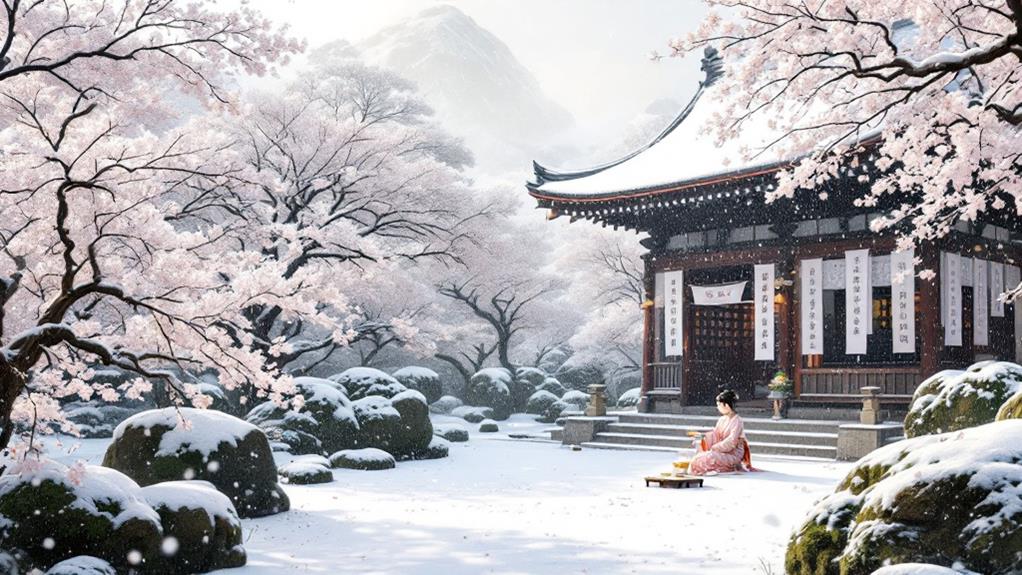
Mount Fuji is essential to Japanese culture due to its deep spiritual significance and historical influence. As a sacred site, it draws pilgrims seeking enlightenment, offering a path to connect with the divine. Its majestic presence has inspired countless artists, from ancient woodblock printmakers to modern photographers. In literature, it's a symbol of immortality and spiritual themes, while also being featured in contemporary narratives. Mount Fuji serves as a cultural emblem, linking past traditions with modern identities and attracting millions of tourists today. It's more than a mountain; it's a living reflection of Japanese heritage and creativity. Uncover its multifaceted impact.
Spiritual Significance
Mount Fuji's spiritual significance is deeply embedded in Japanese culture, serving as a timeless symbol of reverence and pilgrimage. The mountain is akin to a sacred shrine for many, where people seek not only spiritual enlightenment but also harmonious connections with nature. When you investigate its sacred status, you'll find that it has been a focal point for religious practices throughout centuries. The mountain isn't just a natural wonder; it's a spiritual guiding light for many. People from all walks of life have undertaken pilgrimage routes leading to its summit, seeking spiritual enlightenment and personal reflection.
These routes, known as "Fujisan Shinkou," hold great importance. As you traverse them, you're not just walking a path but participating in a tradition that spans generations. Each step taken is a step closer to understanding the profound connection between nature and spirituality. Many pilgrims believe that reaching the top of Mount Fuji brings them closer to the divine, offering a unique opportunity for meditation and prayer.
Historical Influence
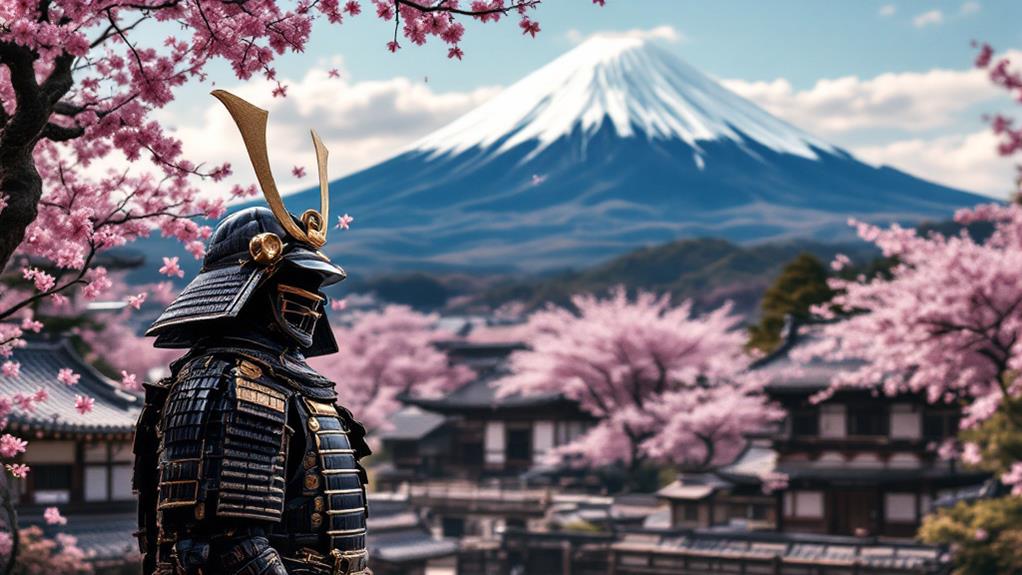
As you investigate Mount Fuji's role in Japanese culture, its historical influence becomes evident. The mountain has been a significant landmark in Japan for centuries, drawing people from all walks of life. One of the most notable aspects is the pilgrimage traditions that have developed over time. Since ancient times, individuals have initiated spiritual quests to Mount Fuji, seeking enlightenment and a deeper connection with their beliefs. These pilgrimages have not only shaped religious practices but also influenced the social fabric of Japanese society. The integration of cultural values into these pilgrimages parallels the holistic education approach in Japan, where traditional values are interwoven with modern practices. Mount Fuji has witnessed numerous historical events that have left a lasting impact on Japan. From serving as a strategic military vantage point during conflicts to being a symbol of peace and resilience, the mountain's presence is deeply interwoven with the nation's history. It has been a silent observer to the evolution of Japanese culture, from the rise and fall of empires to the modernization of the country.
Artistic Inspiration
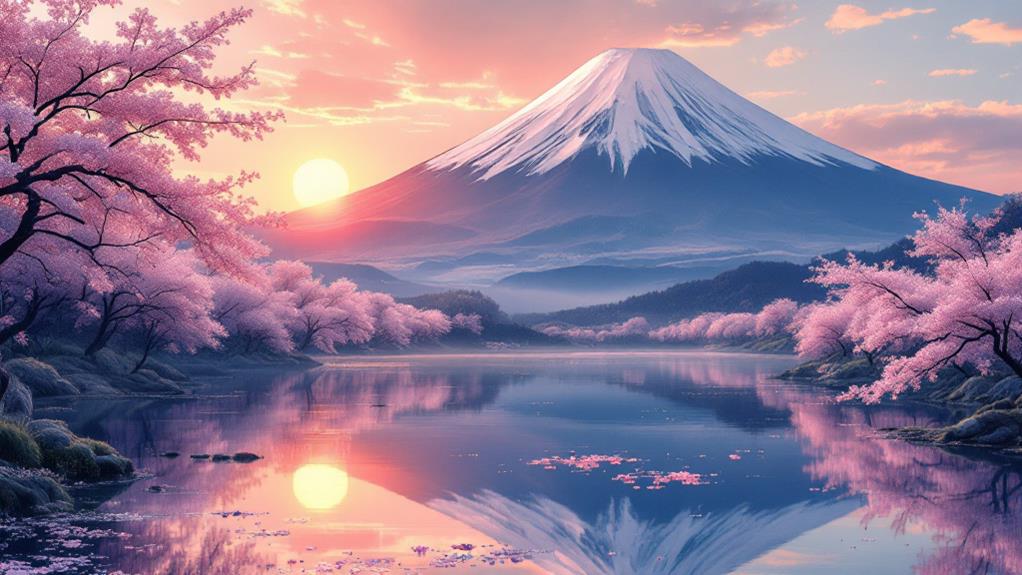
Artists across generations have drawn profound inspiration from Mount Fuji, using its majestic form to create a wide range of artistic works. You can't talk about Japanese art without mentioning Mount Fuji's influence on famous paintings. Katsushika Hokusai's "Thirty-Six Views of Mount Fuji" is a prime example. These iconic woodblock prints highlight the mountain's beauty and significance, capturing its diverse moods and perspectives. Their cultural impact has transcended time, influencing both Japanese and Western artists alike.
Traditional crafts also find their muse in Mount Fuji. Local artisans often incorporate its imagery into ceramics, textiles, and lacquerware. If you investigate Japanese pottery, you'll notice how the mountain's silhouette inspires intricate designs, adding depth and cultural value to each piece. Traditional crafts like these aren't just about aesthetics; they reflect a deep-seated reverence for Mount Fuji, symbolizing harmony and balance.
Whether you're admiring a famous painting or holding a piece of handcrafted pottery, you can feel Mount Fuji's artistic spirit. It's not just a mountain; it's a timeless muse. Its presence in art invites you to delve into Japanese culture through a lens of creativity and tradition.
Literary Contributions

Literary works have long celebrated Mount Fuji, weaving its majestic presence into the fabric of Japanese storytelling. When you investigate classic Japanese literature, you'll find that Mount Fuji serves not only as a stunning backdrop but also as a potent symbol within the narratives. Its towering peak inspires poetic imagery, allowing writers to capture the mountain's beauty and mystique in their works. Through stories and poetry, Fuji becomes a character in its own right, embodying themes of beauty, strength, and transience.
Mount Fuji's narrative symbolism is evident in the following literary aspects:
- Haiku and Tanka Poetry: These traditional forms often use Fuji's imagery to evoke emotions and reflections on nature and life.
- Classic Tales: In stories like "The Tale of the Bamboo Cutter," Fuji symbolizes immortality and the divine.
- Modern Literature: Contemporary writers continue to examine Fuji's role, using it as a metaphor for modern challenges and aspirations.
- Travel Writings: Authors describe their pilgrimages to Fuji, highlighting its spiritual and personal significance.
Cultural Symbolism
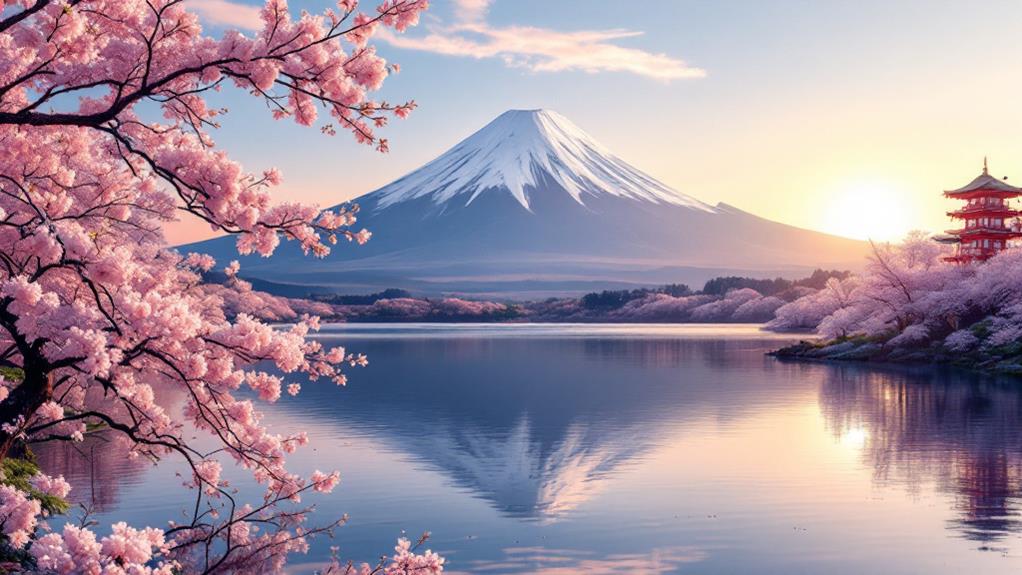
Mount Fuji doesn't just captivate writers; it holds profound cultural significance for the Japanese people. As a towering presence in Japan's landscape, it embodies a wealth of mythical narratives passed down through generations. These stories often depict Fuji as a sacred being or a divine guardian, symbolizing strength and endurance. You might find it fascinating that many tales link the mountain to deities and mythical creatures, emphasizing its role as a spiritual axis in Japanese mythology.
Beyond myth, Mount Fuji serves as a powerful symbol in pilgrimage practices. For centuries, pilgrims have ascended its slopes in search of spiritual awakening and personal growth. You'd see this reflected in the ancient tradition of "Fujiko," where devotees set out on expeditions to the summit to find enlightenment. These pilgrimages aren't just physical but also deeply symbolic, representing a path to self-discovery and inner peace.
Mount Fuji's symbolism extends into numerous aspects of Japanese culture, influencing art, religion, and national identity. It's more than just a mountain; it serves as a cultural emblem, linking the past to the present and inspiring a sense of unity and continuity among the Japanese people.
Modern-Day Relevance

In present-day Japan, Mount Fuji retains its importance by seamlessly blending the traditional with the contemporary. As a symbol that transcends time, it draws tourists from all over the globe, contributing greatly to Japan's economy. The tourism impact is profound, as millions seek to experience its majestic beauty firsthand. With such high foot traffic, maintaining the mountain's natural charm becomes essential. You'll notice efforts focused on environmental conservation, ensuring that the ecosystem remains balanced despite the influx of visitors.
Tourists aren't just climbing Fuji; they're engaging with local culture, which helps preserve regional traditions and crafts. By doing so, they support local economies and encourage sustainable practices. The challenge lies in managing this flow to prevent environmental degradation while maximizing economic benefits.
- Tourist Revenue: Enhances local businesses, from souvenir shops to traditional inns.
- Cultural Promotion: Encourages interaction with traditional Japanese arts and customs.
- Sustainable Practices: Initiatives to protect the environment, such as waste management campaigns.
- Global Icon: Continues to inspire artists, photographers, and filmmakers worldwide.
Mount Fuji's modern-day relevance highlights the delicate balance between celebrating cultural heritage and embracing contemporary challenges. Its enduring importance remains a reflection of its iconic stature.

